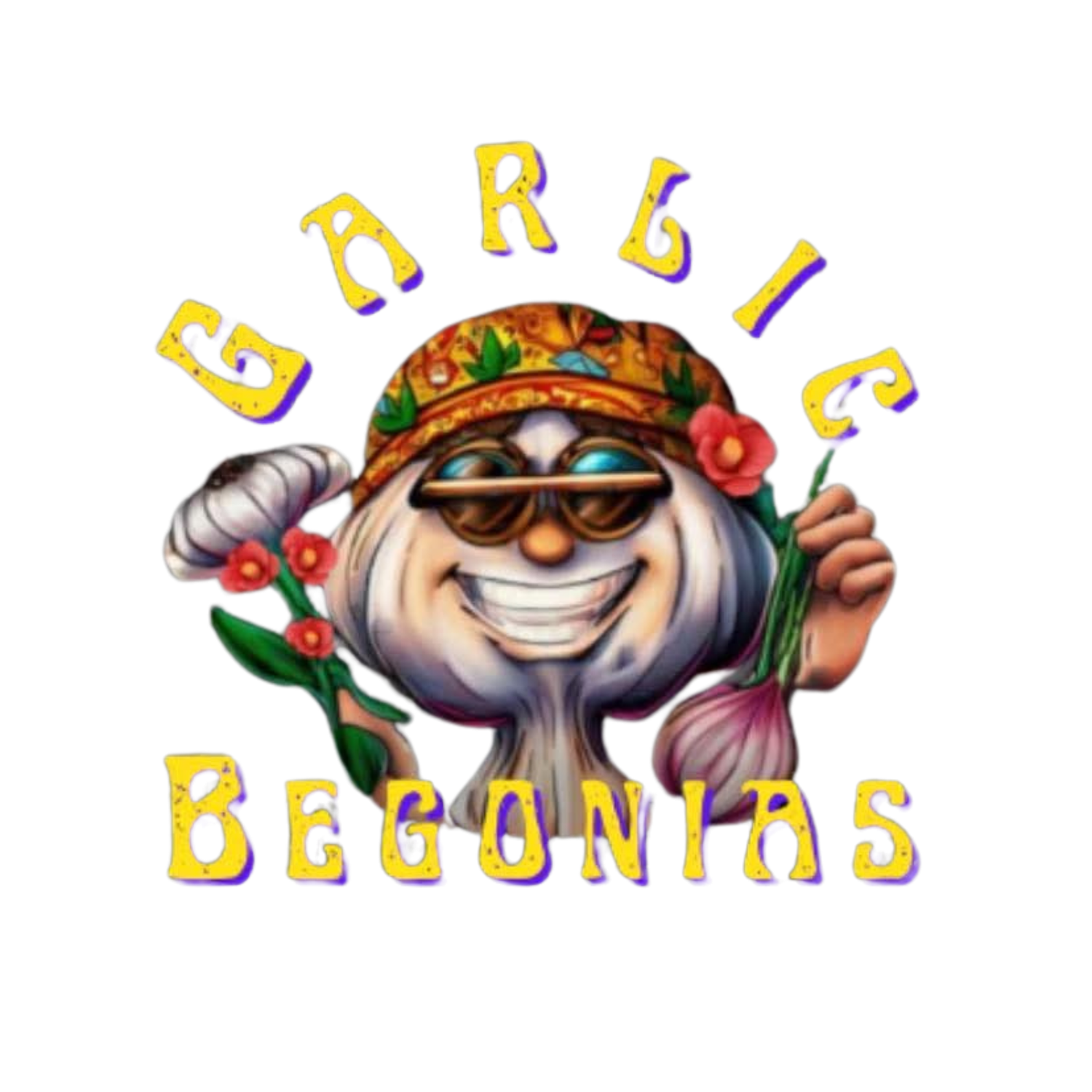Nature Reigns Supreme
🌱 Built to Heal: How Herbs Work with Us Naturally (and How Modern Medicine Remembers Their Roots)
At Garlic Begonias, we honor the age-old wisdom that healing happens through relationship, not dominance. Herbs evolved to support human health holistically, with built-in counterbalances that often prevent negative effects—and many modern drugs trace directly back to these plants.
🧬 1. How Herbs Speak to the Body
The human body evolved in harmony with plants. Ancient wisdom—from Hippocrates to Traditional Chinese Medicine—recognized that herbs contain a rich blend of phytochemicals: alkaloids, flavonoids, and terpenes that interact with digestion, immunity, mood, inflammation, and much more.
These compounds don’t act in isolation—they work synergistically. When steeped into a tea, the herb doesn’t command; it invites your body to remember balance.
🌿 2. Built‑In Balancing Acts
Unlike many synthetic drugs that isolate a single active ingredient, whole herbs contain natural regulators:
Peppermint soothes digestion and calms nerves.
Licorice root supports adrenal function and regulates inflammation—while offering a natural counterbalance to overuse.
Nature doesn’t just fix—it moderates, adjusts, and co‑supports.
💊 3. Modern Medicine’s Herbal Roots
Many mainstream medications began as herbs:
Aspirin originated from white willow bark, used for pain for thousands of years Reddit.
Foxglove, known in folk medicine for centuries, led to the heart‑supporting drug digitalis.
Cinchona bark, used to treat malaria, eventually yielded quinine and its derivatives Reddit.
In many cases, the extracted compound offers potent effect—but loses the herb’s natural balancing companion ingredients.
📜 4. Historical Sources Pre‑1930
These are actual medical journals and texts from before the 1930s that document herbal remedies and their application:
The Asclepiad (est. 1861, later 1884–1895): a clinical journal edited by Dr. Benjamin Ward Richardson, filled with essays on herbal and holistic therapies Wikipedia.
Medical and Agricultural Register and similar early‑19th-century physician manuals—recording folk‑medicine herbal remedies like mullein, wormwood, black oak bark for wounds, coughs, and digestive issues ResearchGate+15Monticello+15Taylor & Francis Online+15.
Tacuinum Sanitatis (Middle Ages, later translations): lists plants and foods, their benefits, risks, and neutralizing elements—much like modern side‑effect notes—and how to mitigate them with complementary remedies Wikipedia.
Warburg’s Tincture (1834–early 1900s): a fever remedy combining quinine with herbal purgatives and aromatics; included balancing ingredients like chalk to neutralize bitterness, illustrating an early understanding of synergy Wikipedia.
🍵 5. Why Whole Herbs Matter
When you use plant-based medicine—especially teas or full-spectrum extracts:
You preserve the natural orchestra of compounds, reducing side effects.
Your body can better absorb and use the nutrient-rich synergy.
You embrace healing that honors tradition, not synthetic extremes.
It's not about rejecting Western medicine. It's about choosing complementary care that respects the wisdom already within the plant—and within you.
🌻 Final Sip: Balanced Healing
At its core, holistic herbal medicine is about collaboration—with nature, with modern science, and with your body. Herbs are not just active ingredients—they are relational, intelligent allies with built‑in counterbalances.
When you steep a cup of Garlic Begonias tea, you’re not just drinking herbs—you’re remembering ancient wisdom, supporting your physiology, and walking with plant ancestors who already know how to support you.
📚 Further Reading (Pre‑1930)
The Asclepiad (1884–1895): essays by a medical historian documenting herbal therapies
Early 19th‑century physician manuals (e.g. Family Medicine Chest, Domestic Medicine) listing mullein, poke weed, gout bark cures
Tacuinum Sanitatis: medieval guide pairing benefits and mitigating counter-remedies for food and herbs
Warburg’s Tincture: 19th-century fever formula mixing herbs and quinine, showing early synergy awareness
